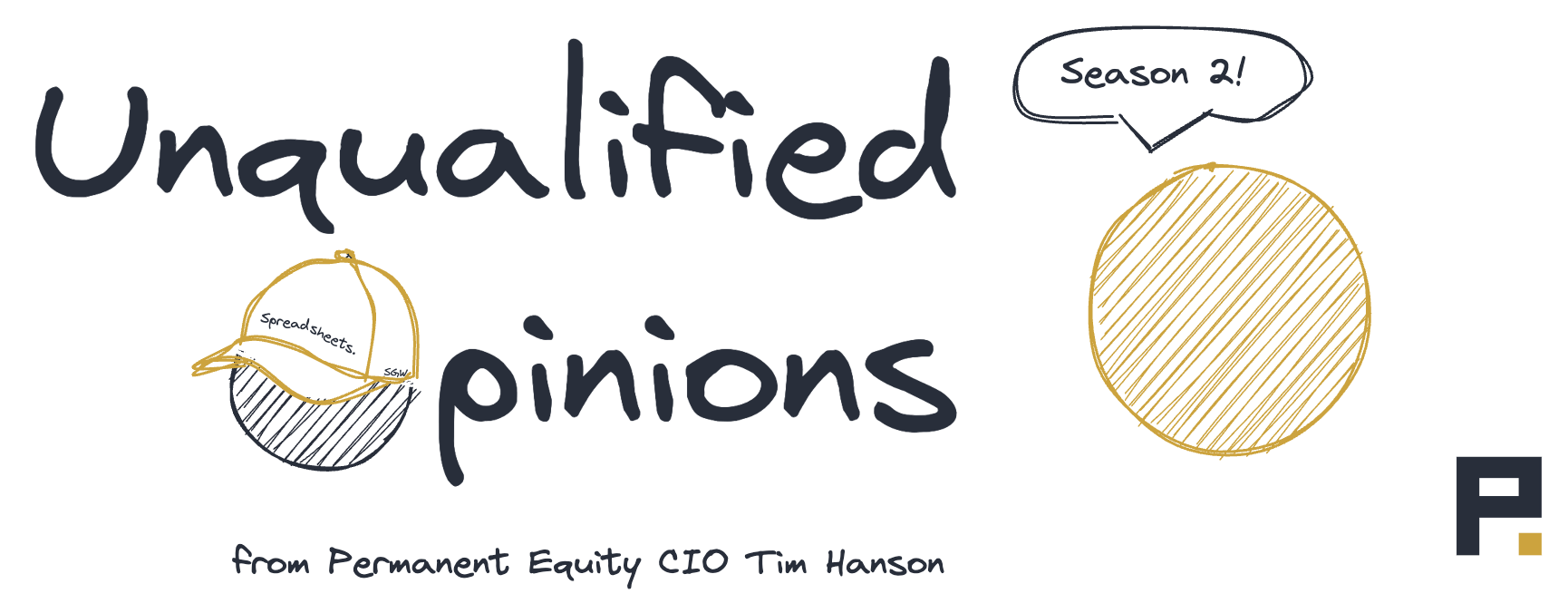The World’s Greatest Asset
We talked last season about the Dallas Cowboys, Manchester United, and irreplaceable assets. In doing so, I compared Jerry Jones to Warren Buffet because Jerry’s returns from owning a football team have been competitive with Warren’s at Berkshire Hathaway. Moreover, the Dallas Cowboys over the last few decades have been a fun and competitive team to watch as much as that pains me to admit and by any measure, owning that has to be way more fun than owning reinsurance.
Now we have the example of Daniel Snyder, who ran the Washington Commanders nee Redskins into the ground over his 24 years of football ownership with the team being neither fun nor competitive over that span (that one RG3 playoff year being the exception).
And yet!
Snyder bought the Commanders nee Redskins for $800M in 1999. He sold the team for a little more than $6B in 2023. That’s good for an 8.8% annualized return, which while not quite as good as what Jerry and Warren are putting up, compares favorably to the 4.8% the S&P 500 returned over the same period.
This raises so many interesting questions!
Since Snyder nearly doubled the market return, did he do a good job?
If he didn’t do a good job (which he didn’t), why did he earn such a good return?
I think the answer is that even if you pay up for a high quality asset and run it poorly, you can still do quite well because to some extent return streams are embedded in the very essence of an asset. And if that’s true, then be well aware that even if you pay very little for a low quality asset and run it well, it might still go to zero.
In other words, operating a great asset poorly is better than operating no asset at all (which is also why being fully invested beats market timing), while operating a crappy asset well still leaves you exposed to a lot of exogenous risk.
So I think the way to view Snyder is not by how much excess value he seemingly created, but rather by how much excess value he failed to create relative to what any reasonable individual might have done. If you’re into baseball statistics, this metric is called value over replacement player, or VORP, and Snyder has negative VORP.
Investor Peter Lynch reasoned that he liked buying a company that could succeed despite being run by a “monkey” (his word to describe someone with negative VORP) because inevitably it would be. So I think the conclusion is that if you ever get the chance to buy into an NFL team, do it. They may just be the world’s greatest assets as evidenced by the fact that I struggle to think of a business leader with more negative VORP than Snyder who still generated such strong returns.
Have a great weekend.
– By Tim Hanson


